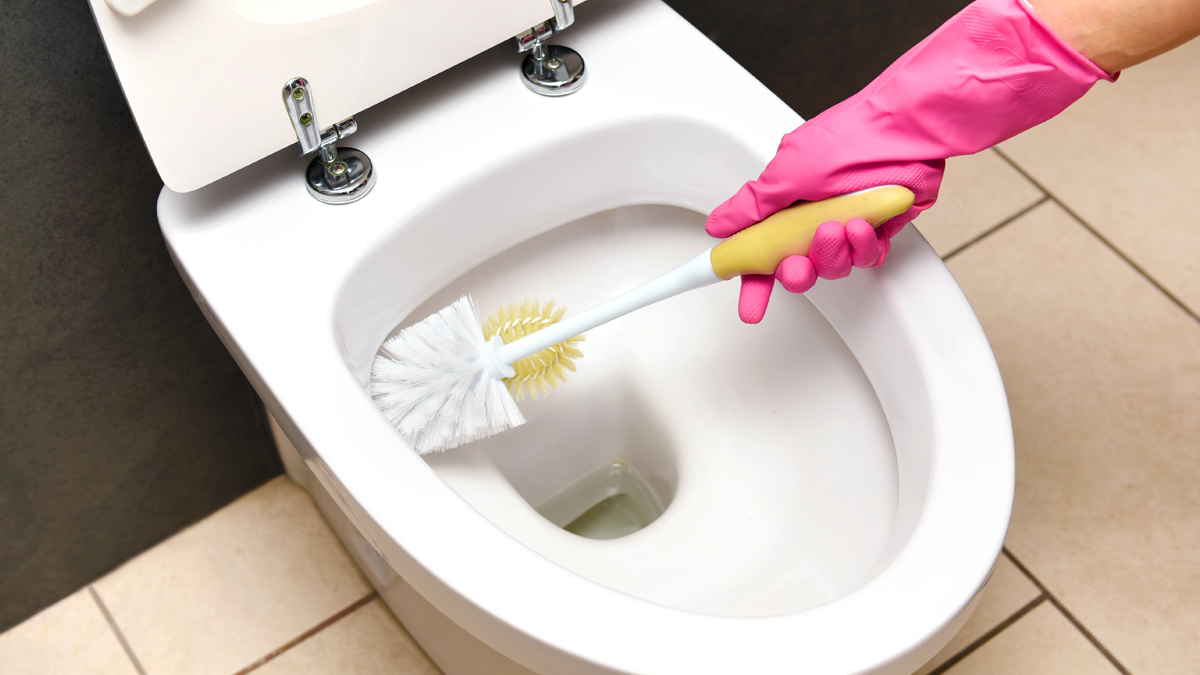Mold growth in toilet tanks is common due to the dark, moist environment. While generally alarming, the direct health risk to most people is typically low unless the mold is aerosolized (e.g., during vigorous flushing or cleaning) and inhaled by sensitive individuals.
Potential Health Concerns
Inhaling mold spores can cause:
- Respiratory irritation: Coughing, sneezing, sore throat, or nasal congestion, especially in those with allergies or asthma.
- Infection risk: Primarily for immunocompromised individuals (e.g., uncontrolled diabetes, chemotherapy patients, organ transplant recipients).
The Diabetes Connection Explained Simply
The link exists primarily due to diabetes affecting the immune system:

- Impaired Immunity: High blood glucose levels can weaken the white blood cells responsible for fighting infections.
- Poor Circulation: Diabetes can damage blood vessels, reducing blood flow needed for healing wounds or fighting localized infections.
- Urinary Tract & Skin Risks: People with diabetes are more susceptible to Urinary Tract Infections (UTIs) and skin infections. While mold in the tank itself isn't a direct cause of these, persistent moisture and biofilms (often accompanying mold) can harbor other harmful bacteria.
Therefore: Mold in the toilet tank does not cause diabetes. However, if a person with poorly controlled diabetes has a weakened immune system and is exposed to significant levels of aerosolized mold spores or harmful bacteria potentially present alongside it, their risk of developing a respiratory or other infection is higher compared to a healthy individual. The mold acts as a potential trigger for those already vulnerable.
Recommended Actions
- Clean Regularly: Drain the tank and scrub interior surfaces with a dilute bleach solution (1 part bleach to 10 parts water) or a hydrogen peroxide-based cleaner. Wear gloves and ensure good ventilation.
- Prevent Recurrence: Reduce moisture by checking for leaks, ensuring the lid seals properly, and occasionally leaving the lid off for a few hours to air out the tank. Consider using tank tablets specifically designed to inhibit mold/bacteria.
- Prioritize Diabetes Management: For individuals with diabetes, maintaining good blood glucose control is paramount to support immune function and reduce general infection risk.
Conclusion: Toilet tank mold is mainly a nuisance but poses a potential respiratory irritation risk and, for immunocompromised individuals like those with uncontrolled diabetes, an increased risk of infection. Regular cleaning and moisture control are key preventive measures.






